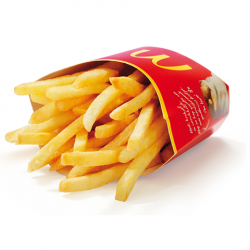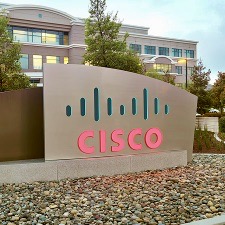Three-legged system keeps McDonald’s supply chain strong

For the fourth year running McDonald’s occupied the No 2 spot in the Gartner Supply Chain Top 25 of global companies. Its secret to long-term success is based on a ‘System’ that is attributed to Ray Croc who bought the company in 1961. It is often described as a three-legged stool: one leg is the McDonald’s company, the second leg is the franchisees and the third leg is the suppliers. Each need to be equally strong otherwise the system will topple.
By Helen Armstrong
This horizontal model has stood the test of time because everyone puts the ‘System’ first. Franchisees and suppliers share product and process breakthroughs because they believe that what is good for the System is good for them. One of the company’s principles is to focus on the quality and standardisation of the end product and allow suppliers to reach that using their own methods. This combined strength and the drive towards a sustainable and transparent supply chain has enabled it to respond favourably to market trends as well as weather negative publicity such as the documentaries, Super Size Me and Fast Food Nation. Over the last five decades McDonald’s has expanded to more than 36,000 restaurants in over 100 countries serving around 69 million customers per day.
Since Steve Easterbrook became president and CEO in 2015 McDonald’s has been refocusing on the fundamentals of running great restaurants and taking smart risks to address what matters most to customers. “We recognize that lasting change starts with partnerships. We’re taking bigger, bolder steps with our global network of franchisees, suppliers and employees,” he says.
The latest challenge to the supply chain is the introduction of a new restaurant design in response to the trend for ‘fast casual’, rather than the traditional fast food’. Around 2,600 restaurants around the world offer this new experience which includes include new technology such as self-order kiosks, premium menus and fast table service offered in a relaxed environment. The company will also start rolling out mobile ordering and mobile pay in the U.S, according to MarketWatch.










